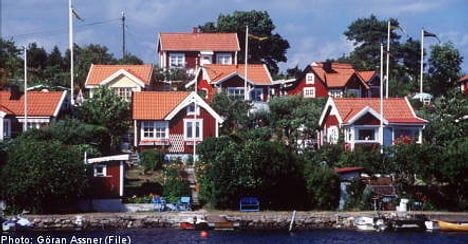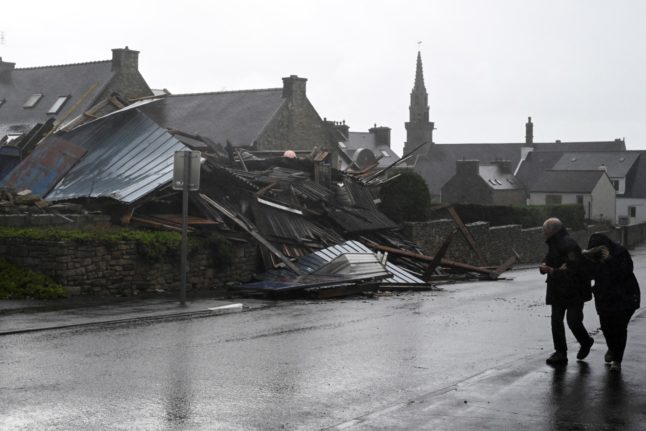Households furthermore expect repo rates to settle at around 1.2 percent in a year’s time and the proportion of people planning to switch to a fixed rate mortgage has dropped for the second consecutive month, according to the SEB bank’s property price indicator for September.
“Households remain cautiously optimistic with regards to the development of house prices. Neither the knowledge that interest rates will climb or that a mortgage ceiling is set to be introduced have had any effect,” said Gunilla Nyström, an SEB analyst, in a statement on Monday.
Forty-nine percent of respondents expect house prices to increase over the coming year, up marginally on 48 percent in August. The number of those expecting a fall remained at 18 percent.
The number of respondents expecting prices to remain unchanged declined to 24 percent, from 27 percent in August.
Nyström explained that indications that the Swedish economy is recovering have boosted optimism among households and across the housing market.
“There is a strong momentum within the Swedish economy and households have an optimistic view both on the national economy and their own private finances,” she said.
The SEB property price indicator is published monthly and is defined as the difference between the proportion of households expecting higher prices and the proportion expecting falls. The indicator for September comes in at 31, up a unit on August.
Households on average expect the repo rate to rise to 1.19 percent in 12 months time, up from 1.13 percent in August.
The survey was carried out prior to the recent 0.25 percentage point rise in the base rate announced by the Riksbank last week and indicates that households expect the bank to ease its interest rate forecast.
“Households realize that interest rates are on their way up but they don’t believe that it will go up as fast as the Riksbanken forecasts,” Gunilla Nyström said.
The report also showed that 11 percent of households with some or all of their mortgage lending on variable interest agreements plan to fix their loans within the coming three-month period. This number has declined from 14 and 17 percent in August and July respectively.



 Please whitelist us to continue reading.
Please whitelist us to continue reading.
Member comments